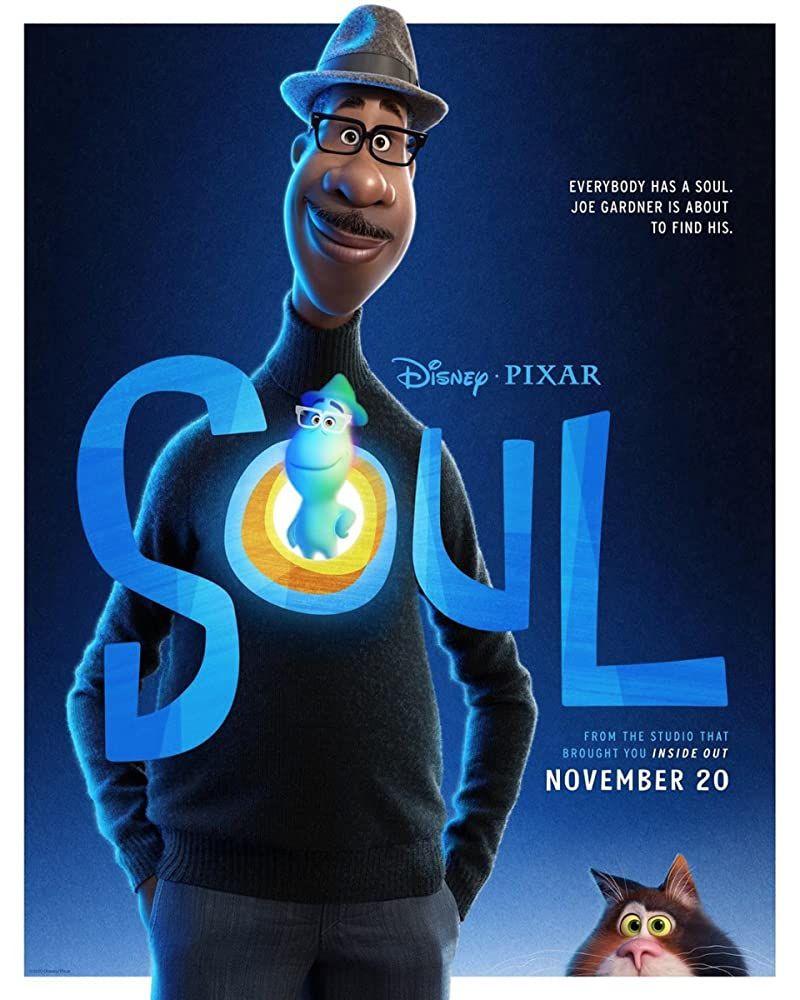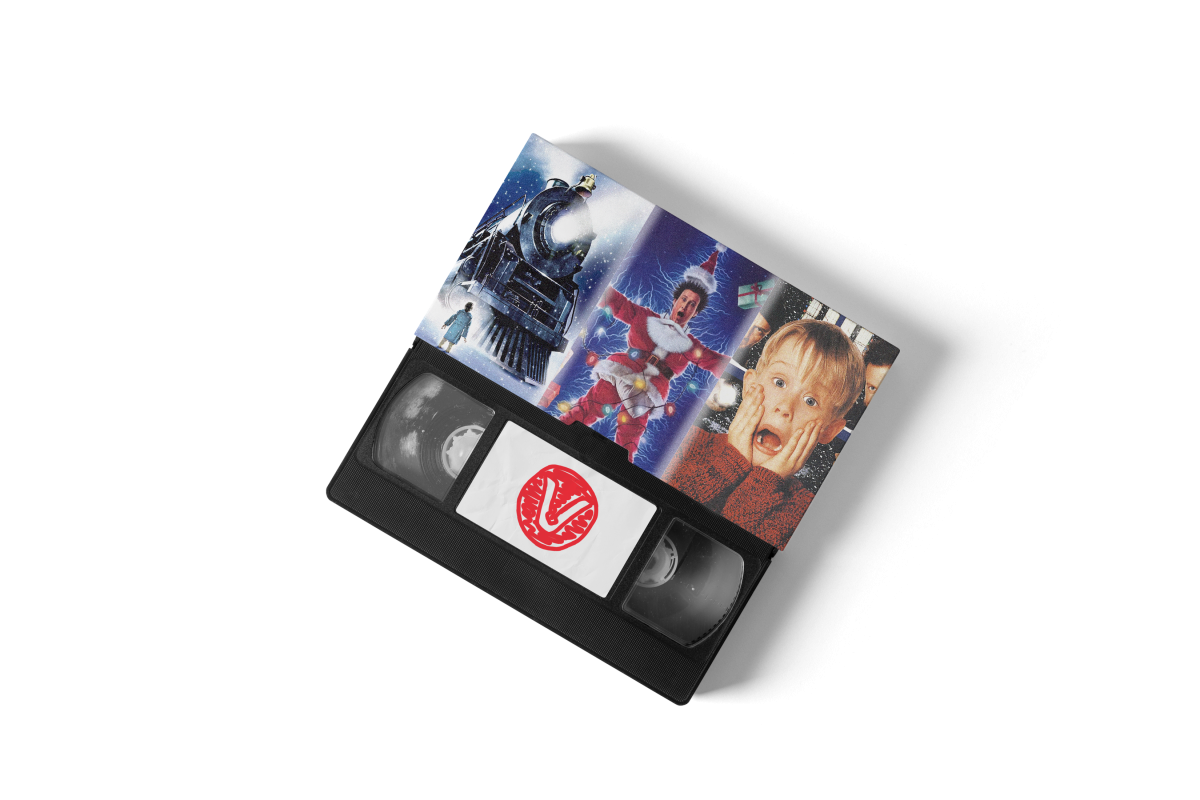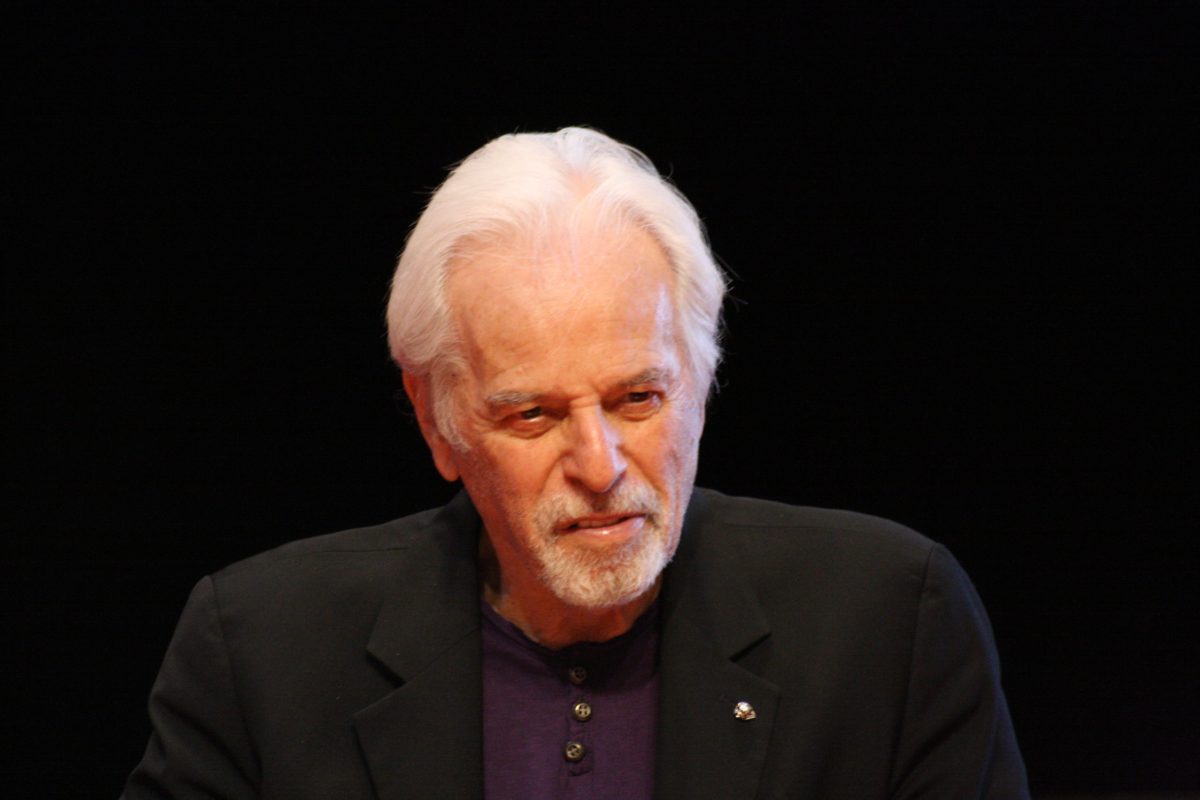Twelve: The Hobbit: The Battle of the Five Armies (2014)
By: Scott M. Waldman
The Middle Earth Saga (2001-2014), the series that has spanned well over a decade, finally finished with a bang as the war of Middle Earth came to a head.
The Hobbit Trilogy, which began in 2012 and ended late last year, shows that the third installment can still outweigh the other two in terms of carnage, character development, and closure. This is the end of the one ring’s story before eventually coming to Frodo which caused another full-scale war that killed a great amount of people, devastated an entire landscape, challenged politics, and destroyed the ring along with an entire nation.
The Desolation of Smaug (2013) ended on what is considered by many as “The Most Abrupt Ending in Recent Times.” This movie also had to conclude An Unexpected Journey (2012), which bored and intrigued audiences. Peter Jackson needed to end his fantasy on a note that lured the viewer back to the original trilogy, which eventually it does.
The film in itself starts out as abrupt as Desolation ends, with an issue from the last movie solving itself before the title sequence even appears. The rest of the film acts as a build-up to the titular sequence: the battle between five armies. The events leading up to the battle are epic; there is finally major character development for the likes of Thorin (Richard Armitage), Bilbo (Martin Freeman), and Tauriel (Evangeline Lilly).
Then finally, after multiple arrival montages, a search for a rock, and learning everyone’s plan of attack, all hell breaks loose in a war that lasts for a sum of forty-five non-stop minutes.
The battles are entertaining to watch. Your eyes will thank you after watching well-choreographed fights with cutting-edge special effects, set in the environment that we’ve all come to love. The sequence is a never-ending battle which, as usual, ends after everyone mobs the orcs. LOTR fans will remember elements from the first battle of Return of the King.
The only off-putting part of these sequences is the heart that the other battle had; this film lacks a good amount of it. However, Thorin still acts as the shining star of the battlefield, as well as Tauriel, when she joins in the carnage.
At the end, all lives are changed as some are ended. This film ending means that the next trilogy is supposed to begin, so plots have to be set up to lead into another quest of an epic magnitude. Although some characters are thrown into the fog, the film closes in on the old characters we’ve come to adore from Frodo’s adventures through Middle Earth.
As a film, the action and dialogue are unbalanced. As soon as war begins, most speech ceases. This is both good and bad; the first film was mostly about dialogue and was slowly paced, the second film was balanced and had decent amounts of both. Meanwhile, this film started with a ton of dialogue that didn’t carry through the battle and ended up hindering the emotions that each character experienced as orc heads rolled. It is a fun experience that is the best of its trilogy, but not at a level to be compared to the original trilogy.
The film earns 7 out of 10 for fine acting and epic sequences, despite some dialogue issues. It provides excellent closure to an average trilogy that leads to one of cinema’s greatest trilogies.






























